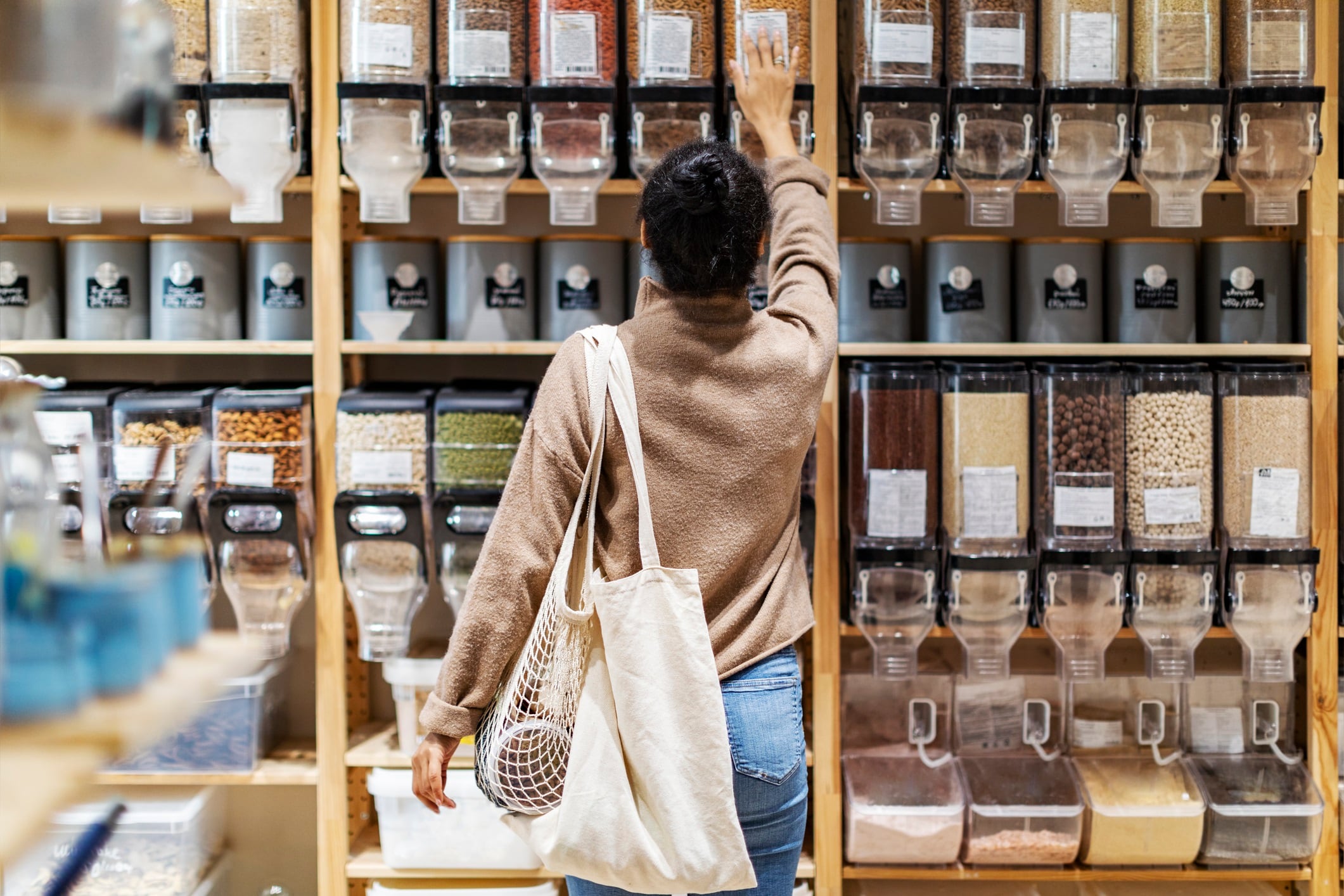From ethical standards to the cost-of-living crisis, consumers choices are constantly being influenced. So, what are the major factors influencing consumer spending and what does this mean to the food and beverage industry?
We countdown the top five factors shaping consumer spending in 2025.

5: Sustainability
The climate crisis is drawing global attention, with wildfires currently devastating parts of California and floods sweeping across central Europe. As a result of this negative attention, consumers are increasingly choosing brands which prioritise sustainable practices.
According to the latest UK Consumer Trends Report from Attest, nearly 36% of consumers say they want brands to represent environmental issues, with older consumers and high-income consumers particularly focussed on its importance (39% of over 50s and 42% of consumers with an income over £75,000).
“Climate change will be a 2025 watchword,” says Bel Booker, author of the report.
But it isn’t just climate change that’s gaining attention, animal welfare is also high on consumers’ list of priorities, with 30% of consumers basing their purchasing choices on all aspects of sustainability.
“Sustainability is evolving beyond basic environmental concerns, with consumers demanding greater transparency in ingredient sourcing, enhanced animal welfare standards, and clear evidence of positive community impact,” says Ananda Roy, consumer goods industry advisor at Circana.
Furthermore, consumers are keen for brands to be considerate of the communities they’re working in.
“Global brands will face increased pressure to demonstrate meaningful local commitments, including partnerships with regional farmers, investment in local food production facilities, and support for community food initiatives,” says Circana’s Roy.

4: Ultra-processed foods
Ultra-processed foods (UPF) have come under heavy criticism over the past 12 months, with the World Health Organization (WHO) likening their consumption to smoking and drinking alcohol. These links have led consumers to rethink their food and beverage choices. What’s more, this negative attention is likely to intensify as consumer awareness grows and research into the health impacts of ultra-processed foods and beverages continues.
This is placing the food and beverage industry in a complicated position, as it attempts to reduce processing levels, while maintaining their benefits.
“The ‘clean label’ movement will reach a critical junction as manufacturers try to balance consumer demands for simpler ingredients against the practical realities of food production, shelf life, and climate resilience,” says Circana’s Roy.
However, this could lead to a complete overhaul of current production methods as manufacturers switch to a more seasonal approach, reducing the need for preservatives in food and beverage products.
“We’re seeing more local produce produced ‘in-season’ with higher welfare standards, greater understanding of the impacts of ultra-processed foods on health and ultimately affordability,” says Circana’s Roy.

3: Creatures of habit
Another major influence on current consumer spending is the often-underestimated power of habit. Many consumers will habitually choose items in the supermarket, without even thinking about it.
“Consumer habits form around all kinds of products and services, from their usual lunch spots, to the ways they shop at stores, to the brands of laundry detergent they use,” says a spokesperson for market researcher, Material.
This decision will often be based on a sense of reliability. If a consumer knows what they’re going to get from a product, in terms of quality, taste and value for money, then they will continue to purchase it.
Moreover, consumers often feel a sense of comfort in knowing what they’re getting and where they’re getting it from.
“Trust is a cornerstone of any successful brand,” says Daniel Latto, founder of the Daniel Latto Digital Marketing Agency. “People are more likely to buy from brands they recognise and feel comfortable with.”
Brand loyalty is also hugely important to food and beverage brands, as brand development company Qualtrics says, “brand loyalty could mean the difference between meeting or missing revenue targets.”
In other words, it’s important to invest time in building consumer loyalty.

2: Trends
But while consumer habits remain steadfast, trends hold major sway in tempting consumers to try new things.
From gut health to plant-based, food and beverage trends can shift consumer spending towards or away-from particular types of foods and beverages. In fact, the rise of the health and wellness trend has led to a huge shift towards healthier foods and beverages, resulting in a global market value of $6.8tn for the health and wellness industry, according to Statista. Furthermore, that figure is projected to reach almost $9tn by 2028, showing it’s power to attract consumers and encourage spending.

1: Affordability
While the other factors continue to rate highly with consumers, cost trumps all else. Because, while sustainability, healthy foods, consumer habits and rising trends are all important, nothing is more influential in dictating consumer behaviour than how much a product costs.
“The cost-of-living crisis is having an impact on consumers across the globe,” says Will Cowling, marketing manager of FMCG Gurus. “Consumers are not confident with their own personal finances and this is going to have a direct impact on their shopping behaviours moving into the future.”
And not only are consumers concerned about cost, but 19% say they’ve actually reduced spending on groceries in the last 12 months, and a further 16% are looking to spend less on them in the future, according to GWI.
“Affordability will become the dominant factor in consumer choices as commodity prices continue their upward trend,” says Circana’s Roy.
This highlights the importance of getting cost right, to ensure brands keep their existing customers and perhaps attract new ones.





